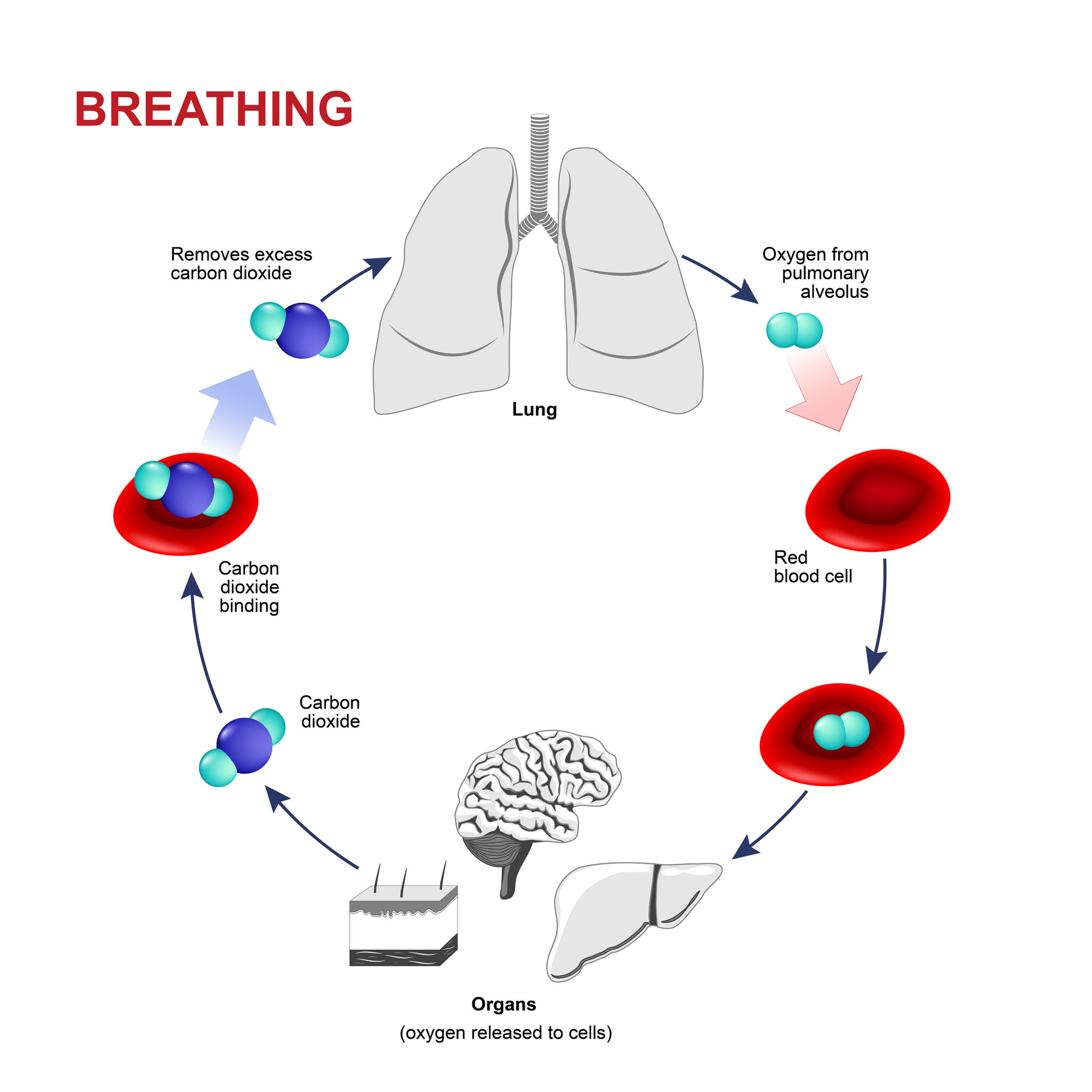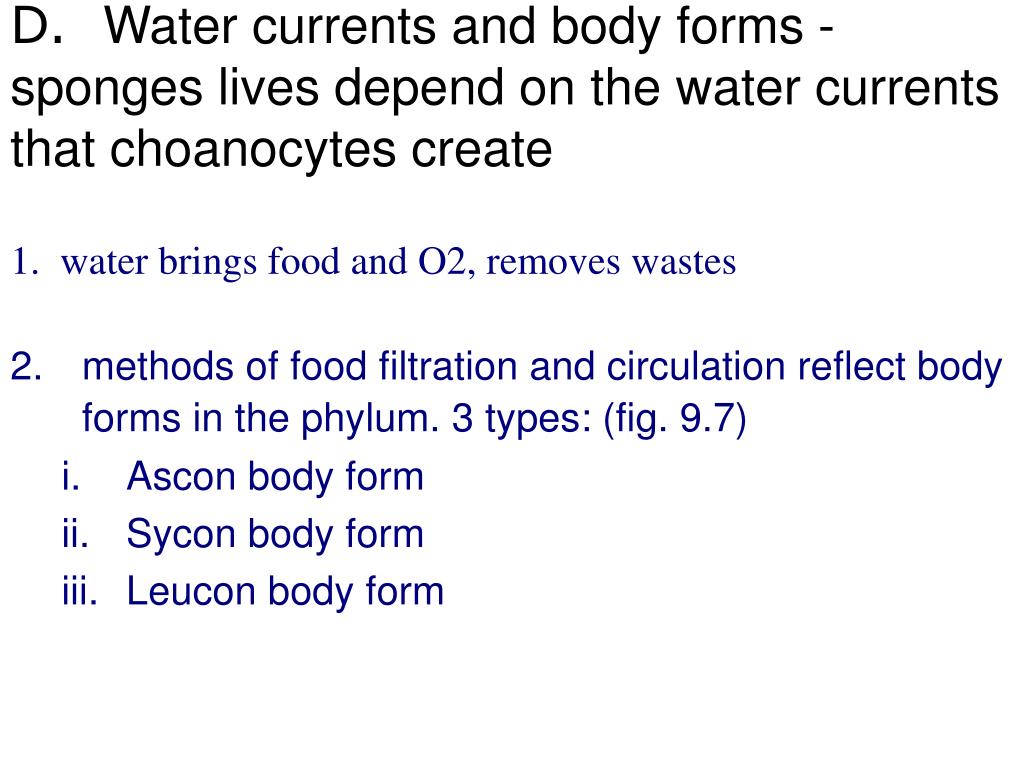

Relaxation returns the osculum, canals and the apical pinacoderm to their normal state, and three such coordinated `inflation–contraction'responses typically follow a single stimulus. Constriction of the tip of the osculum leads to dilation of excurrent canals fields of ostia in the apical pinacoderm close in unison just prior to contraction of the choanosome, apical pinacoderm and osculum.


Contraction events are temporally and spatially coordinated. Faster events include twitches of the entire sponge choanosome and contraction of the sheet-like apical pinacoderm that forms the outer surface of the animal. Rates of contraction depend on the region of tissue they are propagating through: 0.3–1 μm s –1 in the peripheral canals, 1–4 μm s –1 in central canals, and 6–122 μm s –1 in the osculum. In response to mechanical stimuli the freshwater sponge Ephydatia muelleri (Demospongiae, Haplosclerida, Spongillidae) carries out a series of peristaltic-like contractions that is effective in expelling clumps of waste material from the aquiferous system.


 0 kommentar(er)
0 kommentar(er)
